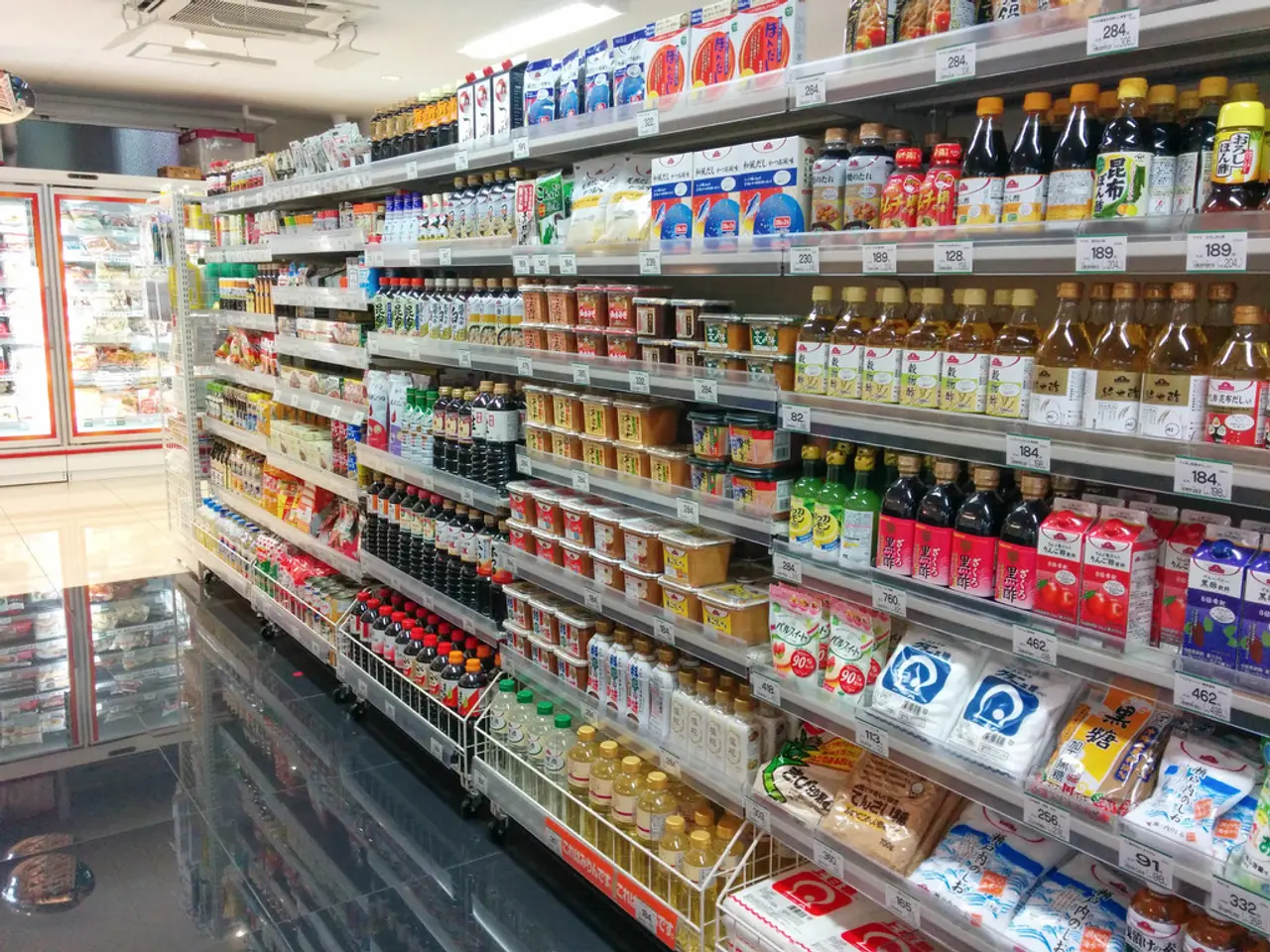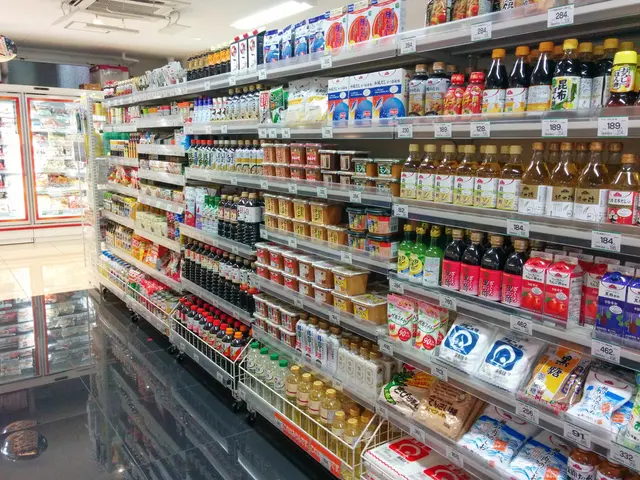Trump's Broken Promise: Rising Tariffs Fuel Cost Increases for U.S. Consumers
In a recent post on his Truth Social platform, former President Trump called for the Federal Reserve to lower interest rates, citing low consumer prices. However, economists believe that the Fed is unlikely to heed Trump's call, as rising tariffs have led to inflation that cannot be ignored.
Trump's policies, in particular the 25% tariffs on autos and auto parts, are driving up costs for consumers. According to research by the Yale Budget Lab, the average effective tariff rate has risen from 2.5% in January to 20.6%, with the 25% tariffs on autos and auto parts expected to increase U.S. light vehicle prices by up to about 11.4%.
This rise in tariffs has resulted in a loss of income for U.S. households. The Yale Budget Lab estimates that by 2025, each household will experience an average real income loss of about $2,800.
The impact of Trump's tariffs is not just limited to the auto industry. Consumer prices have been on the rise, with June seeing a 0.3% increase in consumer prices while average hourly earnings rose by only 0.2%. Adjusted for price changes, this represents a decline in real wages.
From an inflation perspective, these tariffs have pushed the core Personal Consumption Expenditures (PCE) inflation forecast up by about 0.2-0.3 percentage points to roughly 2.7-3.1% for 2025. July 2025 consumer price inflation estimates were around 2.8% annually, reflecting a slight uptick consistent with tariff-driven price pressures.
The impact on GDP growth has been modestly negative, with J.P. Morgan revising its growth forecast down 0.2 percentage points to 1.3% for 2025, partly attributable to tariffs. The more challenging business environment and potential labor market deterioration increase risks of stagflation—high inflation combined with stagnant growth—that economists warn could become a concern.
Looking ahead, if current tariffs remain in place or increase, the price level impact and inflationary pressures are expected to persist or grow, influencing consumer prices and squeezing real incomes further. The Federal Reserve faces a complex policy dilemma balancing inflation control with supporting economic growth under these conditions.
Tariff revenues contribute only a small share (~5%) of the federal deficit, indicating that the economic burden mainly falls on consumers rather than fiscal offsets.
Industry experts, such as those at Goldman Sachs Research, estimate that companies are likely to pass on around 70% of direct tariff costs to consumers in the form of higher prices. This is evident in the rising prices of industrial products with a high import quota, such as furniture, household appliances, toys, sporting goods, and even clothing.
The NZZ, a Switzerland-based news organization, offers a critical and fact-based outside view, with an industry-leading network of expert reporters around the globe who work closely with their main newsroom in Zurich. Their reporting corroborates the evidence of rising consumer prices due to Trump's tariff policy in 2025.
In summary, Trump's 2025 tariffs have materially increased inflationary pressures and consumer prices in the U.S., with an expected continued drag on economic growth and heightened stagflation risk unless trade policies or economic responses shift significantly.
What impact will Trump's tariffs have on business finance and consumer finance? Trump's tariffs are driving up costs for consumers and could lead to increases in consumer prices, as companies pass on around 70% of direct tariff costs to consumers in the form of higher prices.





